Bodegas Protos: Putting Ribera Del Duero on the Map
Although Bodegas Protos is situated in a small village in Ribera del Duero, there is nothing small about it. Whether it’s adding new facilities, getting locals involved, or going the extra mile in the vineyards, they don’t do anything by half measure.
Where it all began
In 1927, 11 childhood friends from Penafiel in Ribera del Duero, Spain, came together again to honour their hometown, and their families’ viticultural histories, through wine. The winery was originally called Ribera Duero, reflecting the importance of the terroir. By choosing the name Protos (Greek for ‘First’) for their brand name, they unknowingly planted the seed to make Ribera del Duero one of Spain’s most renowned appellations.
It was between the years 711 and 1492 that many monasteries started planting vines in a more controlled and organised way, resulting in the layout of the plots and “pagos” that you see today.
Continuing with the significance of ‘first’, the first vintages in 1927 and 1928 were hugely successful, and received gold medals at the Universal Exposition of Barcelona in 1929. In the 1980s, Ribera Duero was recognised for the noteworthy quality of their wine, and consequently, in 1982, they authorised the usage of their name ‘Ribera Duero’ for the establishment of the appellation, formed together with 19 other wineries. This resulted in the formal name change to Bodegas Protos. Since then, Protos has become Ribera del Duero's most visited winery, welcoming more than 254,000 visitors since 2009.
Making the most of every plot
In the 1990s, each plot was studied for characterisation, to ensure the best possible plantings.
With a Mediterranean influence, the area has a continental, moderate climate, receiving 2,400 hours of sunlight and moderate-low rainfall. Most of the parcels have loam and sandy soils, with poor organic matter.
All the Protos vineyards are strictly managed by a team of viticulturists, oenologists and agricultural engineers. This team includes the lead oenologist, Mariella Bonilla, who is one of very few female technical directors in the region.
The team carries out more than 200 sample collections in the two weeks leading to the start of the harvest season. This process, together with a fully manual harvest, ensures that the best grapes are picked at the right time, and are handled with care, using only 20kg crates. The grapes are taken to the eye-catching winery, where double selection takes place by hand: first per bunch, and then per grape.
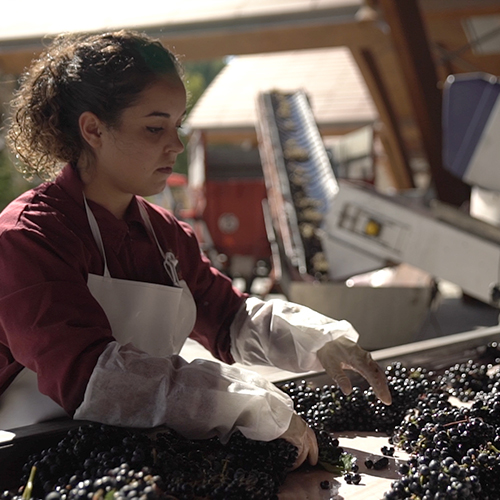
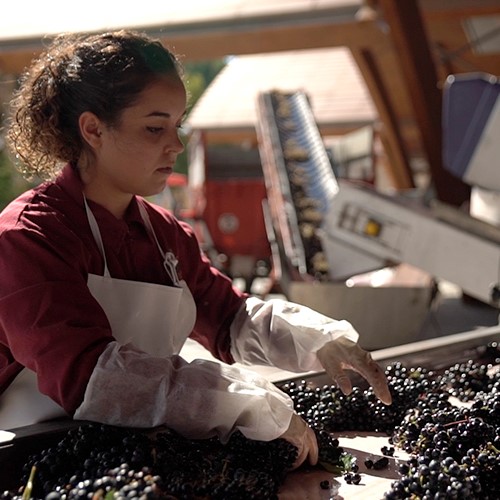
Manually sorting through the grapes at the winery
Ribera del Duero vineyards
Ribera del Duero is located on an extensive, elevated plateau, and follows the Duero River for 115km upstream. The 1,400ha of vineyards controlled by Protos throughout the Ribera del Duero, about 2 hours north of Madrid, are spread out through the Valladolid, Burgos and Soria provinces.
The oldest vines in the region can be found in Burgos, with some plots being over 100 years old. Tempranillo makes up the entirety of Protos’ vineyards in Ribera del Duero, consisting of 40% bush vines and 60% trellised vines. The area experiences dry and hot summers, with temperatures easily rising to 35˚C. On the opposite side, the winters are long and harsh, often bringing frost, with temperatures dropping to -18˚C.
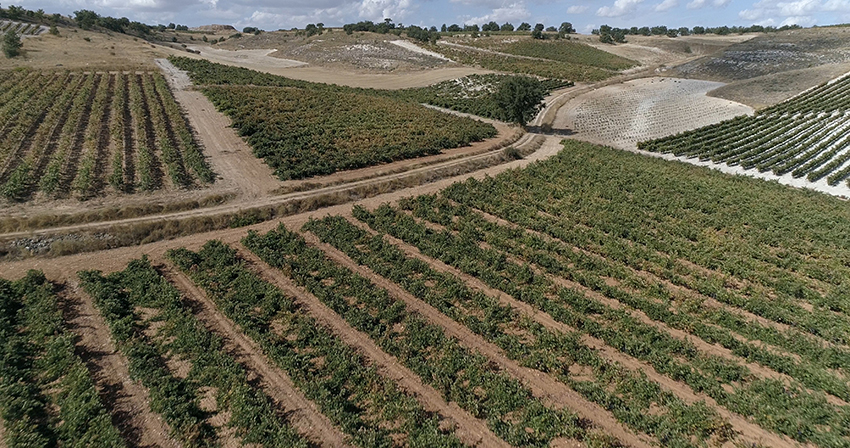

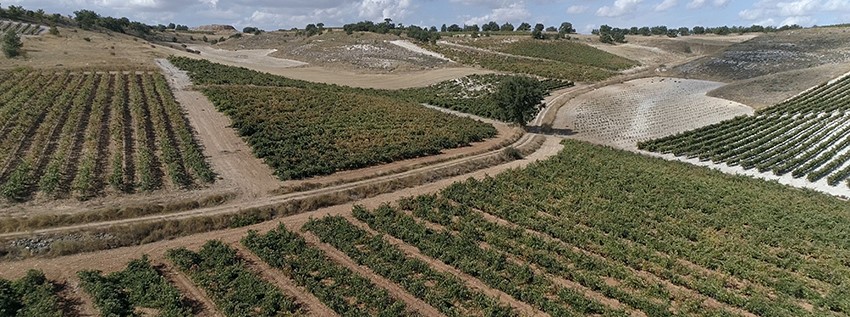
The Ribera del Duero vineyards
Rueda vineyards
Part of the Duero river basin, Protos’ Rueda vineyards are planted at 700m to 800m above sea level. Because of the extreme weather and unique, gravelly soils, the vines are forced to grow deeper into the subsoil for nutrients. The 177ha of 100% Verdejo vineyards deliver 7.5 tons of grapes per hectare for optimal quality.
Architecture to reflect the region
As the demand for Protos wines grew, their facilities needed to be expanded. This led to the addition of a new winery facility in 2008, which is linked underground with the ageing winery, nestled under the Penafiel Castle.
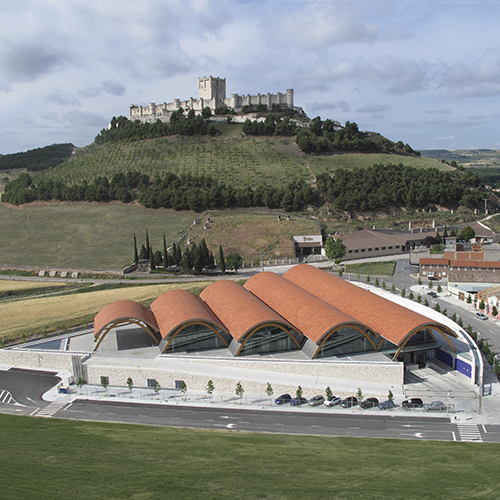
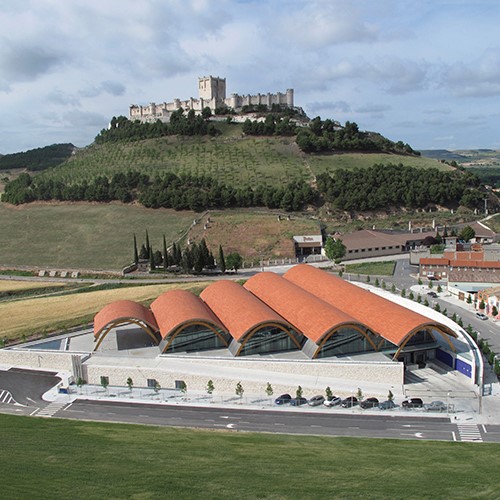
The new facilities, with Penafiel Castle in the background
The region is not only expressed through the Protos wines, but also through its architecture, with the new winery taking inspiration from the traditional wine cellars of the area. The building was designed by two firms, Rogers Stirk Harbour + Partners, and Alonso Balaguer & Arquitectos Asociados. The design, labelled as a 21st century masterpiece, was based on two separate sections – the base and the above-ground ‘light structure’.
The base was excavated into the land, to make the most of the cooler underground temperatures in the preparation and ageing of wine. On the other hand, the light structure is a reinterpretation of vault-shaped winery construction methods. The roof was considered as another façade, as it is looked down upon from the castle. Therefore, the five vaulted sections are orientated towards the castle. The red terracotta roof tiles were chosen to blend in with the architecture of the region.
The design is not only aesthetically pleasing, but also built with the environment in mind. Reinforced concrete fosters heat transfer with the ground, which reduces the impact of direct sunlight and extreme climatic conditions. The overhanging roof also shields the large glass walls from direct sunlight, reducing energy use for cooling.




